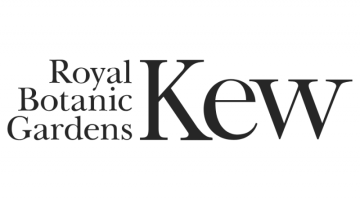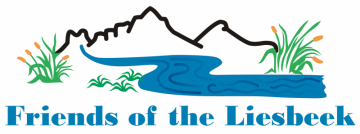
Conservation de l'habitat à l'hippodrome de Kenilworth

L'hippodrome de Kenilworth est un site de courses de chevaux bien établi au Cap, en Afrique du Sud, qui fonctionne depuis plus de 130 ans. En plus d'accueillir des courses de renommée mondiale, il abrite également la Kenilworth Racecourse Conservation Area (KRCA), une petite mais précieuse réserve naturelle située à l'intérieur même de l'hippodrome. La KRCA est considérée comme l'un des meilleurs exemples de Cape Flats Sand Fynbos subsistant dans la péninsule du Cap. Le fynbos de KRCA, qui constitue l'une des plus grandes étendues de végétation naturelle subsistant dans la banlieue sud du Cap, revêt une grande importance historique et culturelle. Son potentiel éducatif est d'une grande valeur, étant donné que l'habitat naturel est situé dans l'environnement urbain. Le KRCA est une mine d'or naturelle, gérée et préservée conjointement par le Kenilworth Racing, le City of Cape Town Nature Conservation et CapeNature Conservation.
Contexte
Défis à relever
Emplacement
Impacts
La zone intérieure de 52 hectares de la piste a été préservée depuis l'aménagement du parcours et constitue désormais une parcelle protégée d'un habitat rare, le fynbos. Le fynbos, qui signifie "buisson fin" en afrikaans, est l'un des habitats les plus importants de la région floristique du Cap. L'accès à cette parcelle est strictement limité afin d'en faire une zone de conservation de haute qualité, protégée par l'infrastructure du circuit automobile qui l'entoure. Plus de 300 espèces végétales indigènes - dont plusieurs espèces menacées endémiques du fynbos de sable de Cape Flats - vivent dans la réserve et abritent une multitude de communautés animales. Seize zones humides offrent des ressources particulières aux espèces endémiques d'amphibiens, ce qui fait de la KRCA le point le plus chaud pour la vie des amphibiens dans les Cape Flats. Le KRCA dispose également d'un programme environnemental visant à sensibiliser les groupes scolaires à l'habitat du fynbos par le biais de promenades guidées et d'une variété d'activités.













